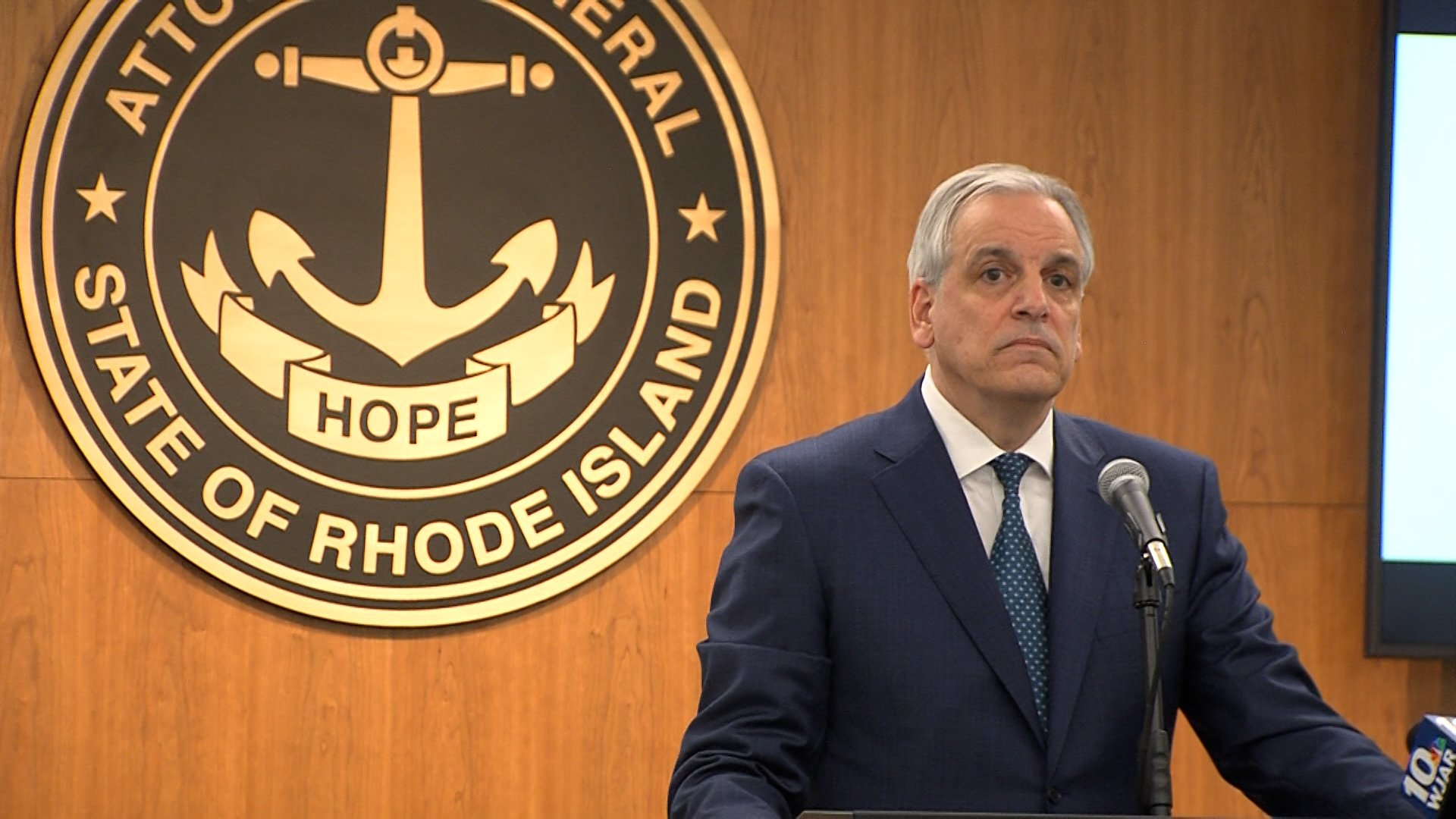Climate Change And The Spread Of Invasive Fungi

Table of Contents
Warmer Temperatures and Increased Fungal Growth
Rising global temperatures are accelerating the growth and reproductive cycles of many fungal species. Higher temperatures create more favorable conditions for fungal development, leading to increased virulence and expanded geographical ranges.
- Increased frequency and intensity of heatwaves: Extreme heat events provide ideal conditions for rapid fungal growth and spore production, leading to outbreaks of fungal diseases.
- Longer growing seasons: Warmer temperatures extend the period of time fungi can actively grow and reproduce, increasing the number of generations per year and the potential for wider dispersal.
- Altered fungal physiology: Higher temperatures can alter the physiology of some fungi, making them more aggressive and increasing their ability to infect host organisms. This enhanced virulence poses a significant threat to both natural ecosystems and agricultural production.
- Specific examples: The spread of Phytophthora species, responsible for devastating diseases in plants like potato late blight and sudden oak death, is significantly exacerbated by warmer temperatures. Similarly, Cryphonectria parasitica, the fungus causing chestnut blight, thrives in warmer conditions, leading to increased disease severity and range expansion.
Altered Precipitation Patterns and Fungal Dispersal
Changes in rainfall and humidity profoundly affect fungal spore dispersal and the establishment of new infections. Both excessive rainfall and prolonged droughts can create conditions that favor fungal growth and spread.
- Increased rainfall: Waterlogged soils provide an ideal environment for many fungal species to thrive, increasing the likelihood of infection in plants and animals.
- Droughts: While seemingly counterintuitive, droughts can weaken plant defenses, making them more susceptible to fungal attack. Stress-weakened plants are more vulnerable to infection by opportunistic fungal pathogens.
- Extreme weather events: Floods and storms can aid in the long-distance dispersal of fungal spores, introducing invasive fungi to new regions. These events act as vectors, transporting spores over vast distances, increasing the risk of establishment in previously unaffected areas.
- Examples: Many rust fungi, which cause significant damage to agricultural crops, are particularly sensitive to changes in precipitation patterns. Their spread is often amplified by periods of high humidity and rainfall.
The Role of Vector Organisms in Spreading Invasive Fungi
Climate change also influences the distribution and activity of insects and other vectors that play a crucial role in spreading fungal pathogens. Warmer temperatures can alter vector populations and behavior, enhancing the transmission of invasive fungi.
- Range expansion of insect vectors: Warmer temperatures allow insect vectors, such as bark beetles and aphids, to expand their geographical range, carrying fungal pathogens into new areas.
- Altered insect behavior: Climate change can alter insect feeding patterns and life cycles, increasing their interaction with plants and making them more efficient vectors for fungal diseases.
- Examples: The mountain pine beetle, a significant vector for fungal pathogens in coniferous forests, is experiencing range expansion due to milder winters, resulting in increased spread of associated fungal diseases.
Economic and Ecological Impacts of Invasive Fungi
The economic and ecological consequences of invasive fungal diseases are substantial and far-reaching. These pathogens pose a significant threat to global food security and biodiversity.
- Losses in agricultural yields: Invasive fungi cause significant losses in crop yields worldwide, impacting food security and economic stability. Specific crops like coffee, cocoa, and bananas are particularly vulnerable to fungal diseases.
- Damage to forests and other ecosystems: Invasive fungi can decimate forest ecosystems, impacting biodiversity and ecosystem services. The spread of chestnut blight, for instance, devastated American chestnut populations.
- Threats to biodiversity: Invasive fungi can threaten endangered species and disrupt ecological balance, leading to the loss of biodiversity and ecosystem resilience.
- Economic costs: The economic costs associated with managing and controlling invasive fungal diseases are enormous, including costs for research, disease surveillance, and treatment.
Mitigation and Management Strategies for Invasive Fungi
Effective mitigation and management strategies are crucial to combat the spread of invasive fungi and minimize their impact. A multi-pronged approach is necessary.
- Early detection and rapid response systems: Early detection of invasive fungi is crucial for implementing effective control measures before widespread outbreaks occur.
- Biocontrol methods: Utilizing natural enemies, such as other fungi or bacteria, to control invasive fungal populations is a promising biocontrol strategy.
- Development of resistant plant varieties: Breeding plant varieties resistant to specific fungal pathogens is a critical strategy for protecting agriculture and natural ecosystems.
- Integrated pest management strategies: Combining different control methods, including biological, cultural, and chemical approaches, is essential for effective and sustainable management.
- International cooperation and quarantine measures: International cooperation and stringent quarantine measures are necessary to prevent the introduction and spread of invasive fungi across borders.
Conclusion
The link between climate change and the spread of invasive fungi is undeniable, posing a serious threat to global ecosystems and economies. The increased frequency and intensity of extreme weather events, coupled with rising temperatures and altered precipitation patterns, are creating favorable conditions for fungal proliferation and expansion. Understanding the complex interplay between climate change and invasive fungi is crucial for developing effective strategies to protect our ecosystems and food security. Learn more about invasive fungi and get involved in efforts to combat this growing threat. Supporting initiatives focused on climate change mitigation and fungal disease management is essential to safeguard our planet's biodiversity and agricultural productivity.

Featured Posts
-
 The Closure Of Anchor Brewing Impact On The Craft Beer Industry
May 25, 2025
The Closure Of Anchor Brewing Impact On The Craft Beer Industry
May 25, 2025 -
 Dr Terrors House Of Horrors Experience The Thrills
May 25, 2025
Dr Terrors House Of Horrors Experience The Thrills
May 25, 2025 -
 Cac 40 Weekly Close In Negative Territory Despite Overall Stability March 7 2025
May 25, 2025
Cac 40 Weekly Close In Negative Territory Despite Overall Stability March 7 2025
May 25, 2025 -
 Massachusetts Authorities Seize Over 100 Firearms Arrest 18 Brazilian Nationals
May 25, 2025
Massachusetts Authorities Seize Over 100 Firearms Arrest 18 Brazilian Nationals
May 25, 2025 -
 Teslas Future How Elon Musks Attitude Affects The Company
May 25, 2025
Teslas Future How Elon Musks Attitude Affects The Company
May 25, 2025
